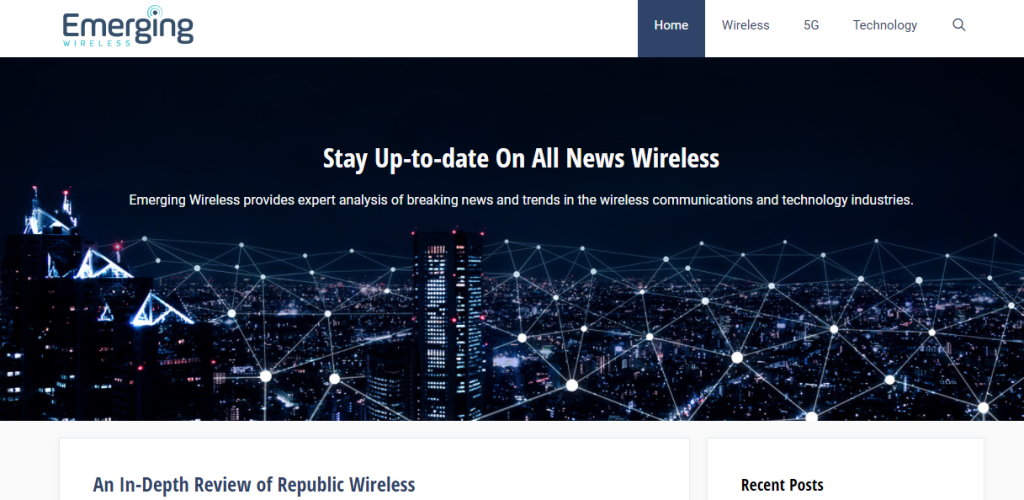If you require more bandwidth than is available in your service area, channel bonding is an option. Channel bonding involves splitting your internet traffic over multiple internet connections.
Multiple Internet Connections
Your typical residential end-user has a single connection that provides access to the internet, and that connection limits speed and bandwidth. Many users do not know that you can have multiple connections. While this is not a prevalent solution for home use, many businesses take advantage of it.
You can have two connections from the same provider, but many companies will opt for multiple connections from different providers, which protects in the event of service failure. This is called failover internet and is also available for home use but will not improve your bandwidth.

Conceptualizing How Internet Data Is Routed
When you connect to a website through a web browser, your computer sends and receives data. The data sent and received is consolidated into data packets. Packets are sent via sockets, which may help think of a socket as a pipe.
If a socket is a pipe, then a packet is the liquid that flows through it. The return flow passes through the modem to your router, where it is reassembled into data that your computer can use, such as the images, text, and audio on a webpage.
Load Balancing

Load balancing is a technique through which internet traffic can be distributed over multiple internet service providers, which is necessary since they will each have their pipes. This technique requires a router that supports multiple WAN connections. Imagine a scenario in which you have two 100 Mbps internet connections.
With a router with load balancing, you, in effect, have a 200 Mbps connection. As far as your computer is concerned, it sends and receives information flows that same way. But your router is behind the scenes coordinating those requests and responses to use both connections.
Channel Bonding
Load balancing has limitations. Consider that the individual data packets can be quite large when you stream a high-definition movie from your streaming service provider.
Load balancing cannot use multiple connections to receive a particular packet faster, but channel bonding can. It can split up the data packets so that the load balancing mechanism has smaller blocks of data to work with. This is the most effective way to combine multiple internet connections, and you can achieve it with either a hardware or software solution.
Channel Bonding Software
Most people reading this already have a device that can handle channel bonding: a smartphone. You can use software that is perhaps already installed or freely available to bond your LTE and wireless internet connections. Speedify is a popular “free” app that is essentially a VPN that allows you to combine all of the internet connections available to you.
Speedify limits 2 GB a month free to use, but a small monthly fee gets you unlimited access. Other apps provide a similar service as well.

When Channel Bonding Is Not an Option
If channel bonding and load balancing are not an option for you for whatever reason, then you will instead need to look at limiting access within the network. While this will not increase your speeds, it will ensure that critical users and apps have access to the bandwidth they need by limiting access to non-critical users and groups.
